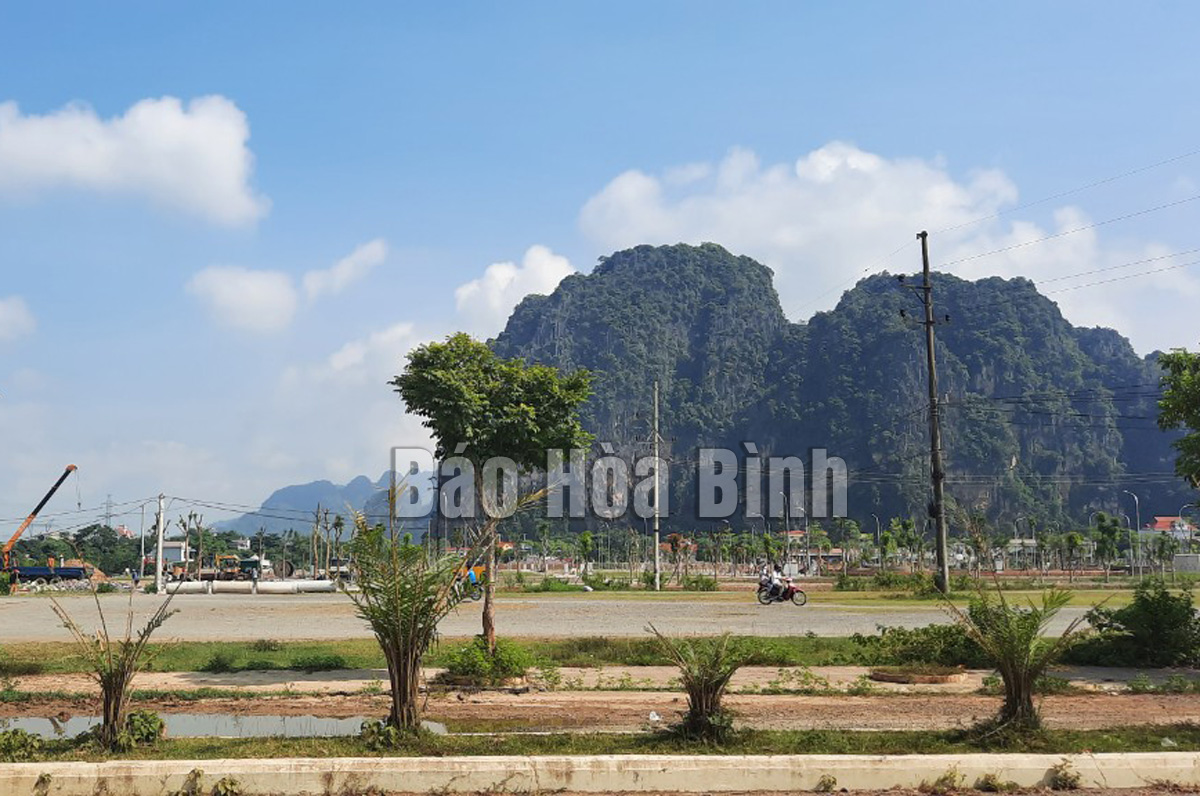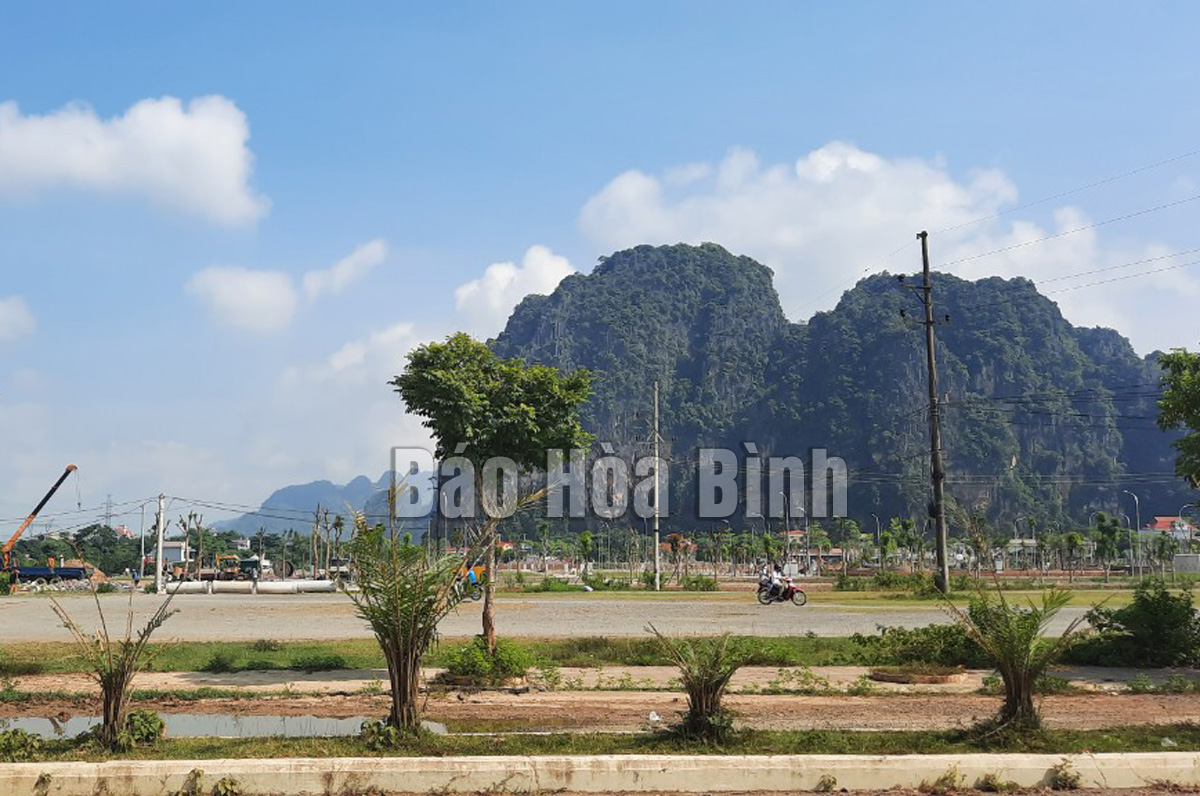
(HBO) – Hoa Binh, one of the localities with an average level in the disbursement of public investment capital, is striving to speed up the work towards a target of completing the disbursement of all the allocated capital by January 1, 2023.
Tan Lac district increases collection of land use levy to
provide more capital for public investment projects. (Photo taken at the new
residential area of Man Duc township).
This year, the province is allocated over 3.39 trillion VND (136.28 million
USD) of public investment capital from the State budget, while the capital
approved by the provincial People’s Council for the year is 4.19 trillion VND.
As of March 18, the province had allocated 4.19 trillion VND to particular
projects, equivalent to 124% of the plan assigned by the PM and 100% of the
plan passed by the provincial People’s Council.
As of October 20, 2.21 trillion VND, or 53% of the total capital, had been
disbursed.
Since the beginning of this year, the provincial People’s Committee has rolled
out numerous measures to speed up the disbursement of public investment
capital, including reviewing the progress of solutions to remove difficulties
in the work.
The province has moved 338.9 billion VND from 44 stagnant projects to 21 more
effective ones.
According to Nguyen Van Thang, Director of the provincial Department of
Planning and Investment, the major reason behind the snail's pace in
disbursement of the capital is the slow processing of investment procedures by
a number of investors, the modest feasibility of some projects, and limited
revenue from land use levy.
He said that in the rest of this year, the province will strengthen the role of
the working group in charge of supervising the progress of particular projects,
thus removing obstacles facing them in a timely manner.
At the same time, discipline will be tightened during the implementation of the
projects, along with efforts to improve the effectiveness of preparations for
the implementation of projects and selection of contractors and consultation
agencies.
The province will also focus on speeding up ground clearance, compensation and
resettlement support, increasing State budget collection, enhancing the quality
of land management, and strengthening inspection to detect and handle
wrongdoings in the implementation of public capital disbursement plan.
Thang added that the provincial People’s Committee has proposed the Government
to make detailed allocation plan of the State budget capital for the
social-economic recovery and development programme, while considering the
application of special policies for the province to suit the local situation
and capacity./.
Huong Lan
According to data from the Hoa Binh Provincial Party Committee, the industrial production index for the first six months of 2025 is estimated to have increased by 20% compared to the same period last year. This marks the highest year-on-year growth rate for this period since 2020.
In the first six months of 2025, Hoa Binh province’s export turnover was estimated at 1.145 billion USD, marking an 18.11% increase compared to the same period in 2024. Import turnover was estimated at $ 804 million, a 17.15% increase, which helped the province maintain a positive trade balance.
The lives of the ethnic minority farmers in Tan Lac district have gradually improved thanks to the new directions in agricultural production. This is a testament to the collective strength fostered through the professional associations and groups implemented by various levels of the district’s Farmers’ Union.
With the motto the "product quality comes first,” after nearly one year of establishment and operation, Muong village’s Clean Food Agricultural and Commercial Cooperative, located in Cau Hamlet, Hung Son Commune (Kim Boi district), has launched reputable, high-quality agricultural products to the market that are well-received by consumers. The products such as Muong village’s pork sausage, salt-cured chicken, and salt-cured pork hocks have gradually carved out a place in the market and they are on the path to obtaining the OCOP certification.
In the past, the phrase "bumper harvest, rock-bottom prices" was a familiar refrain for Vietnamese farmers engaged in fragmented, small-scale agriculture. But today, a new spirit is emerging across rural areas of Hoa Binh province - one of collaboration, organisation, and collective economic models that provide a stable foundation for production.
Maintaining growing area codes and packing facility codes in accordance with regulations is a mandatory requirement for agricultural products to be eligible for export. Recently, the Department of Agriculture and Environment of Hoa Binh province has intensified technical supervision of designated farming areas and packing facilities to safeguard the "green passport" that enables its products to access international markets.



